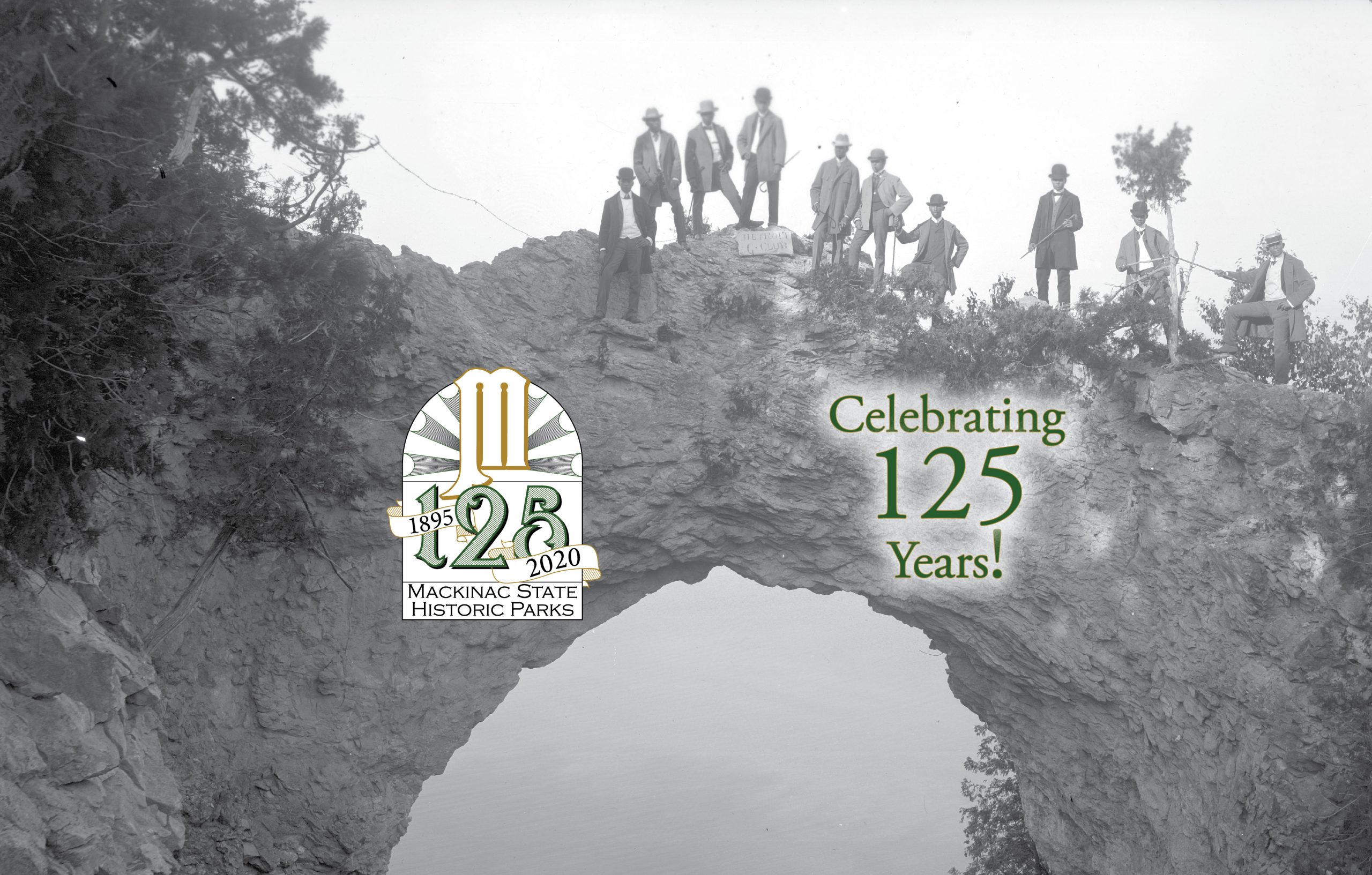
Mackinac Parks: 125
Mackinac State Historic Parks turns 125 years old in 2020. Established in 1895 when the federal government shuttered the country’s second national park, Mackinac National Park, the Mackinac Island State

Mackinac State Historic Parks turns 125 years old in 2020. Established in 1895 when the federal government shuttered the country’s second national park, Mackinac National Park, the Mackinac Island State

In 2019, the Mackinac Island State Park Commission accessioned 188 gifts and 107 purchases to the historic object and archival collection. The park purchased or was gifted several large collections

There always seems to be changes this time of year – for the parks, the locals and the wildlife. After another exciting and busy season, we have closed our historic

Mackinac Associates’ mission is simple and encompassing: Friends Preserving and Sharing Mackinac’s Heritage. Mackinac Associates is a 501(c)(3) non-profit organization that supports programs at Mackinac State Historic Parks through membership
Mackinac Associates’ mission is simple and encompassing: Friends Preserving and Sharing Mackinac’s Heritage. Mackinac Associates is a 501(c)(3) non-profit organization that supports programs at Mackinac State Historic Parks through membership
Here on the shores of the Straits of Mackinac we usually are protected from the really hot summer temperatures and the very cold winter temperatures that are recorded in those
Visitors to Historic Mill Creek learn about the Campbell and Dousman families and their employees operating the saw and grist mills and farm at the site. What happened next?
Yes, spring has arrived in the north woods, where an abundance of beautiful wildflowers are now covering the forest floor. At Historic Mill Creek, the Yellow Trout-lily are at their
White-nose Syndrome (WNS) continues to advance across the country, killing at least a million bats each year. It was first detected in New York in February 2006 and reached the